The Intriguing Story of Cyclopentasiloxane

Hair spray, sunscreen, antiperspirant, deodorant, mascara, foundation, and makeup – these are some of the products that use cyclopentasiloxane, aka D5. It helps create that soft, silky, and moist feeling on your hair or skin. But is it safe? Indeed, the use of cyclopentasiloxane in skin care and hair care products has caused some controversy. Discover the truth about D5 to draw your own conclusion about its safety! As a bonus, I Read Labels For You will give you suggestions for safe skin care and makeup. To find a facial foundation without cyclopentasiloxane, check out our Guide to Clean Foundations. Let’s start with a quick Q&A session about this ingredient and its relatives, such as cyclotetrasiloxane and cyclomethicone.
The Intriguing Story of Cyclopentasiloxane
What type of ingredient is cyclopentasiloxane?
To begin with, its full chemical name is decamethylcyclopentasiloxane, or cyclic dimethyl polysiloxane. Commonly known as D5, cyclopentasiloxane is an odorless and colorless liquid, also used in dry cleaning (source).
Further, it belongs to the group of cyclic silicones which are not to be confused with linear silicones, such as dimethicone, because their safety differs drastically.
Indeed, while IRLFY does not recommend products with cyclopentasiloxane, we do not mind products with dimethicone. In our opinion based on scientific research, dimethicone is okay, especially when used as a supporting ingredient in the ingredients used in a product. Learn more in the IRLFY blog post about Dimethicone in Toxin-Free Makeup.
Is cyclopentasiloxane a bad silicone?
The answer to this question depends on your definition of “bad.” On the one hand, cyclopentasiloxane in skin care does not seem to irritate, clog pores, or cause allergic reactions or sensitization. Therefore, in this sense, it is not bad.
On the other hand, as we discuss further, it might not be good for both your health and the environment.
What is cyclopentasiloxane used for?
According to a Cosmetic Ingredient Review (CIR) Panel report, the most common uses of cyclopentasiloxane include:
- Bath Products
- Eye makeup including eye shadows, mascaras, eye makeup removers
- Colognes and toilet waters
- Hair Conditioners
- Hair Colors (check out the Permanent Hair Color Rating List e-book for colors that don’t have it)
- Lipsticks
- Foundations
- Deodorants
- Skin Cleansing Creams
- Body Lotions
- Hand Lotions
- Moisturizers
- Suntan products
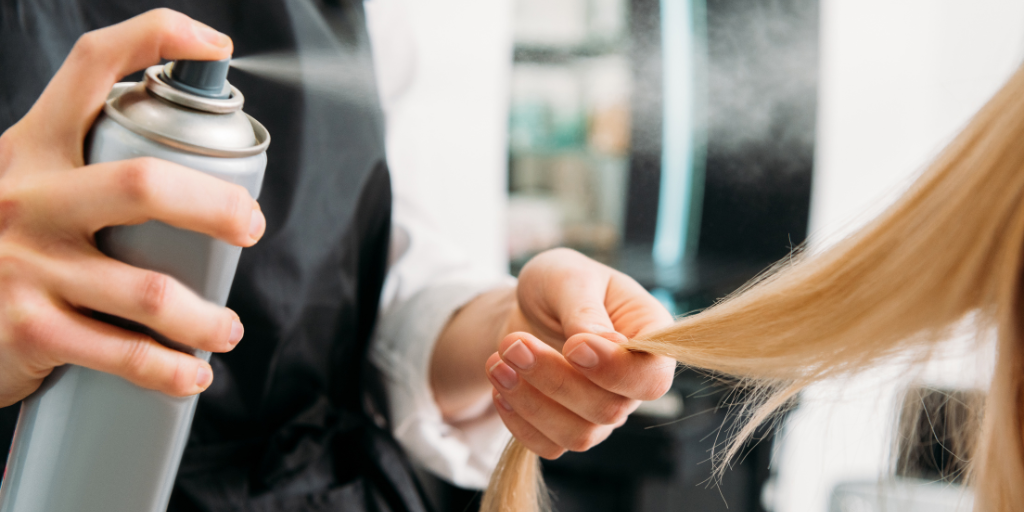
Is cyclopentasiloxane bad for hair?
Generally speaking, it should not be harmful for your hair per se, but there are some health and environmental concerns.
Does cyclopentasiloxane evaporate from hair?
Yes, it does, because it is a volatile silicone, meaning that it evaporates from the skin or hair surfaces. Various studies mention different speeds and rates of evaporation. On average, though, it is supposed to evaporate from hair within 24 hours (source).
What does cyclopentasiloxane do to the skin?
Per this CIR panel report, cyclopentasiloxane in skin care functions as a skin conditioning agent making your skin feel smooth and silky. But as a product ingredient safety adviser, I can tell you that there are safer ingredients performing the same function. Learn more about this topic here.
Does cyclopentasiloxane create a protective barrier?
As a volatile silicone, D5 evaporates and, therefore, does not create a stable protective barrier. Conversely, dimethicone, shea butter, and beeswax are safer and serve better as a protective barrier.
Will cyclopentasiloxane clog pores?
As a volatile silicone, eventually cyclopentasiloxane mostly evaporates from the surface of the skin. Hence, it should not clog pores.
Is cyclopentasiloxane safe for acne prone skin?
D5 should not be a problem for acne prone skin because it evaporates from the surface of the skin and does not clog pores. In addition, it provides a non-greasy finish to the skin. If you are interested in acne products with safe and healing ingredients, check out our acne skincare post here.
Does cyclopentasiloxane cause breakouts?
Cyclopentasiloxane in skin care gradually evaporates from the surface of the skin after the product application. This means that it should not clog pores and, consequently, cause breakouts.
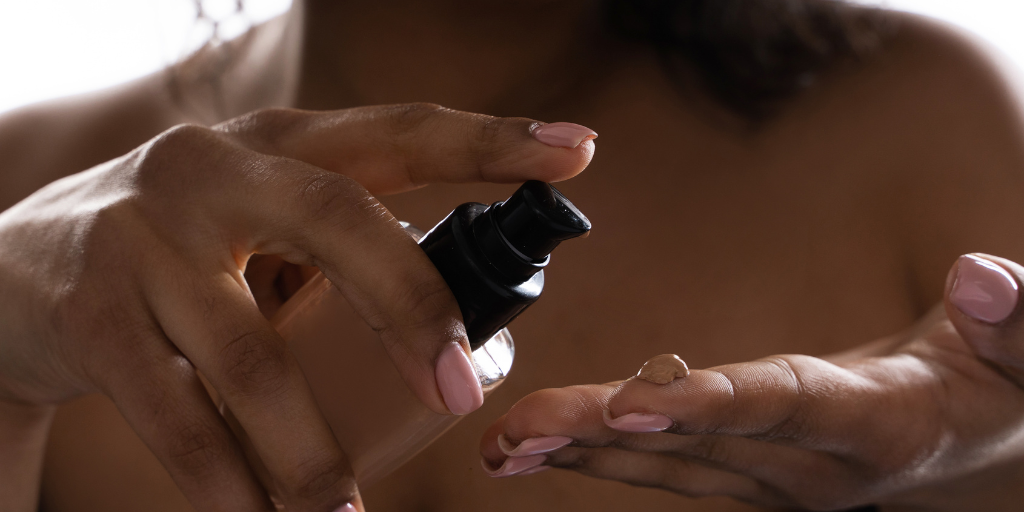
Is cyclopentasiloxane toxic?
According to the European Chemicals Agency (ECHA) cyclopentasiloxane is persistent, bioaccumulative, and toxic (PBT) in the environment.
What are the side effects of cyclopentasiloxane?
In addition to being PBT – persistent, bioaccumulative, and toxic – in the environment, cyclopentasiloxane causes a potential concern about interference to the normal function of hormones. Read on to learn more about this!
Is cyclopentasiloxane cancerous?
In an animal 2-year inhalation study, a long-term regular exposure to high doses of cyclopentasiloxane contributed to the increased risk of cancer. That is not to say, though, that topical products with D5 will cause cancer. Still, if you would rather have no cyclopentasiloxane in your skin care or hair care products, check out the IRLFY shop. None of the deodorants, haircare, and skincare products in our shop contain this chemical.
Is cyclopentasiloxane banned?
No, as of May 2023, decamethylcyclopentasiloxane (full chemical name) is not banned either in the US or Europe.
Why is cyclopentasiloxane banned?
While cyclopentasiloxane (D5) is not banned either in the US or Europe, cyclotetrasiloxane (D4) is banned from use in cosmetic products in Europe. My concern is that D4 is a possible D5 contaminant.
Further, the European Chemical Agency (ECHA) restricted the use of D4 and D5 in wash off cosmetics to a concentration below 0.1% starting after January 31, 2020.
Is cyclotetrasiloxane safe for skin?
In one sense, cyclotetrasiloxane is safe for the skin because, just like cyclopentasiloxane in skin care, it has not been linked to irritation or allergic reaction. However, as detailed below, it is not good for our health or the environment, and is banned in Europe along with many other ingredients.
Is cyclotetrasiloxane harmful?
First, the European Commission prohibited cyclotetrasiloxane (D4) from use in cosmetic products in Europe. Second, the European Chemicals Agency (ECHA) reports it as “persistent, bioaccumulative and toxic (PBT) in the environment.” Third, it is suspected to be endocrine-disrupting and toxic to human reproduction (source).
Is cyclomethicone safe?
According to the 2011 Cosmetic Ingredient Review Panel report, cyclomethicone is a mixture of cyclic siloxane materials. The latter include predominantly cyclopentasiloxane (D5) and cyclohexasiloxane (D6). They may also include cyclotetrasiloxane (D4), which is prohibited from use in cosmetic products in Europe. In addition, the European Chemicals Agency (ECHA) reports that cyclomethicone is suspected of damaging fertility and the unborn child.
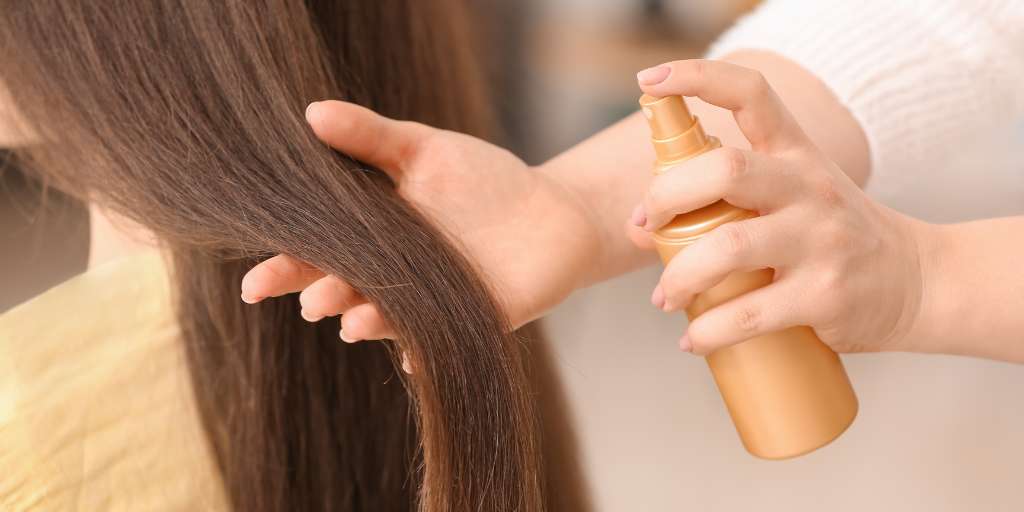
What are the grounds for the IRLFY skincare product choices?
To begin with, we read the ingredients of any and every product before recommending or not recommending it. Namely, we meticulously study each listed ingredient by taking a well-rounded approach to research.
First, we learn as much as we can about the whole industry whose product we are surveying. Second, we scrutinize the manufacturing processes to learn about potential contaminants and harmful byproducts that may result from these processes. Then, we study the ingredients of a particular product by going directly to scientific and medical literature.
Sometimes, there is no agreement in the scientific literature on an ingredient’s harm or safety. So, we make it a point to look at the research ourselves to understand what causes any controversy. And this is precisely what we did to solve the mystery of cyclopentasiloxane in skin care and other daily use products.
Does the European Commission consider cyclopentasiloxane safe?
For starters, the European Scientific Committee on Consumer Safety (SCCS) does deem cyclopentasiloxane in skin care and other body products safe. However, they emphasize potential damage to the lungs through D5 inhalation in aerosols like sun care and hair care sprays.
Additionally, the SCCS voices a concern that D5 may contain trace amounts of cyclotetrasiloxane (D4). The problem with D4 is that the European Union classifies D4 as toxic to reproduction (source and source). Also, in 2020, the European Commission banned D4 from use in cosmetic products applied on the body. Hence, the SCCS underscores the importance of keeping the level of impurity of D4 as low as possible.
In addition, the European Chemical Agency (ECHA) placed both D4 and D5 onto the ECHA’s restricted substances list. After January, 31 2020, D4 and D5 could no longer be used in wash off cosmetics in a concentration equal to or greater than 0.1%.
What does US research say about D5 in cosmetic products?
Similar to the European Commission, the US Cosmetic Ingredient Review Expert Panel (CIR) considers cyclopentasiloxane safe in the present practices of use and concentration. This assessment also embraces cyclomethicone, cyclotetrasiloxane (D4), cyclohexasiloxane (D6), and cycloheptasiloxane (D7). Unlike the European Commission, the US CIR Expert Panel lists no contamination concerns with cyclotetrasiloxane (D4), but they do confirm the concerns regarding D5 inhalation.
For instance, the report describes a 2-year study of rats exposed to high levels of D5 through inhalation. As a result, the researchers found malignant endometrial tumors in the animals. In other words, the carcinogenic effects took place after the animals inhaled high doses of D5 (source). Yet, in topical products, the CIR Expert Panel found D5 to be safe.
Thus, the Expert Panel concluded that it would not be applicable to topical products, deeming cyclopentasiloxane in skin care and other topical products safe.
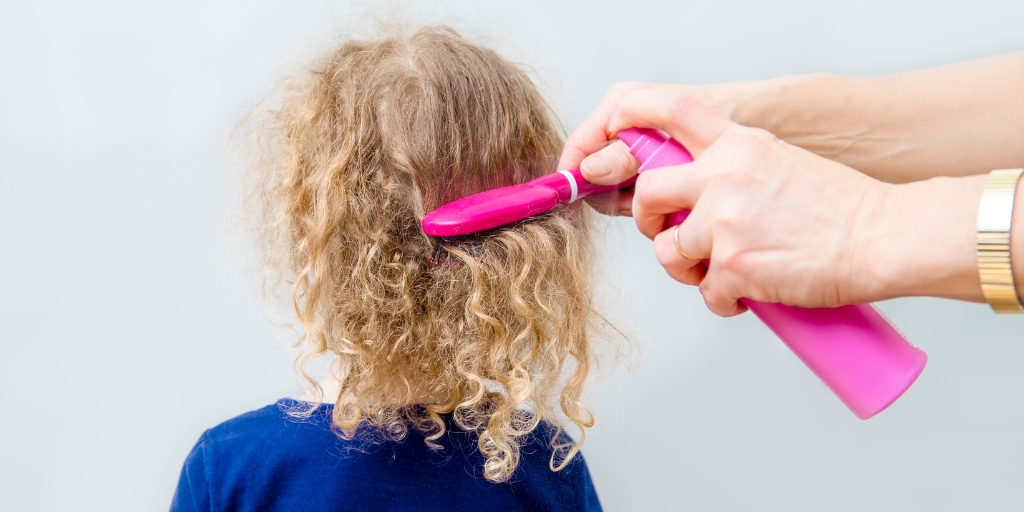
Is cyclopentasiloxane an endocrine disruptor?
To begin, for a chemical to be an endocrine disruptor, it must get into the body. Can D5 in topical skincare products absorb through the skin?
In this study of in vitro and in vivo percutaneous absorption of D4 and D5, most of the applied D4 or D5 evaporated from the skin surface. Namely, the absorbed quantities were less than 1.0% for D4 and only 0.2% for D5. Further, about 60% and 30% of the absorbed D4 and D5, respectively, reached systemic parts. On the one hand, this demonstrated a low tendency to pass through the skin into systemic compartments. But on the other hand, there is something important to consider.
Although these amounts may seem insignificant, the “dose makes the poison” paradigm does not always apply to hormone-disrupting substances. In fact, endocrine disruptors have nonlinear dose-response relationships. This means that a low dose may be even more potent than a higher dose. Indeed, some birth control pills have as little as 20 micrograms (mcg) of estrogen. This proves that it does not take much to make one infertile (source).
For this reason, the European Consumer Organization believes that there is insufficient data to determine whether cyclopentasiloxane in skin care, shampoos, conditioners, serums, and other cosmetic products is a potential hormone disruptor. Consequently, cyclopentasiloxane is being evaluated for possible endocrine disruption.
How does daily use of D5 affect the environment?
Based on the available materials, the opinions on environmental effects of D5 seem to be controversial.
To start with, in 2008, Environment Canada and Health Canada recommended adding cyclopentasiloxane to the List of Toxic Substances. Specifically, the main argument was the potential immediate or long-term harmful effects of D5 on the environment and biological diversity.
In response, the Silicones Environmental, Health and Safety Center (SEHSC) requested an investigation into the nature and extent of the D5 danger. As a result, the board of review for siloxane D5 reported that it was not harmful to the environment (source).
Additionally, according to this study, after evaporating, only a negligible fraction of D5 is available to go down the drain.
Alternatively, a 2016 Swiss report links cyclopentasiloxane to cytotoxicity in human intestinal cells. (Cytotoxicity means it kills cells.) Because it bioaccumulates in the food chain, it impacts human health. It may also end up in drinking water because classical water treatment systems seem unable to remove it. (Learn how to choose the best water filter system for your water and what to do about uranium in water.) (Etteieb, et al., Combining Biological and Chemical Screenings to Assess Cytotoxicity of Emerging Contaminants in Discharges into Surface Water, Water, Air, Soil Pollution, Volume 227 (9) – Aug 24, 2016.)
Finally, the European Chemicals Agency (ECHA) reports it as “persistent, bioaccumulative, and toxic (PBT) in the environment.”
Cyclopentasiloxane in skin care products
Which popular brands use D5 in their products?
For instance, Old Spice lists cyclopentasiloxane as one of the ingredients in their antiperspirants. Read our review of Old Spice antiperspirants to find out why we do not recommend them.
Next, you can see cyclopentasiloxane in liquid foundations, such as Arbonne and Il Makiage. Actually, in our Guide to Clean Foundation, you will see a whole array of cosmetic brands that use D5 in their foundations, including Armani and Lancôme.
Interestingly enough, our 2022 research of more than 50 lip makeup products brought up only one product that contained cyclopentasiloxane – Thrive Causemetics Glossy Lip Hydrating Serum. This is good news! Of course, there are other concerning ingredients in lip products, but there are many safe options, too. Check out our Guide to Safe Lip Color to find the safest lip makeup for you.
IRLFY D5-free cosmetic products choices
To emphasize, I Read Labels For You does not promote cyclopentasiloxane in skin care. Hence, all cosmetic products in the IRLFY shop are cyclopentasiloxane-free.
First, I just love this Crunchi Goldenlight Multi-Peptide Serum (ADVOCATE10 discount code for 10% off on the 1st purchase of $50+)! It contains four collagen-stimulating peptides that work overtime to visibly plump fine lines, firm and tighten the appearance of the skin, and help reduce the signs of aging, leaving the skin with a natural glow. In my opinion, it provides all the necessary hydration to my skin. (For more information, read here.)
Second, when it comes to foundations, my first recommendation is Crunchi non-toxic foundation that works so well (ADVOCATE10 discount code for 10% off on the 1st purchase of $50+). I have been using it for years now! Not only do I like its performance, but also I can stand behind its every ingredient. (For more information, go here.) Indeed, if I made my own makeup and skincare products, they would not differ from the Crunchi non-toxic makeup and skin care lines. See how Crunchi foundation compares with many other popular brands in our Guide to Clean Foundation.
My second choice for a foundation is Beautycounter Twin Skin Featherweight Foundation. Indeed, if you prefer lighter coverage, this foundation is a great choice. To learn more about that, check out the Beautycounter Foundation Review.
Third, as D5 is a common ingredient in detanglers, check out our guide to hair detangler styling products. Namely, our arrangement of hair detanglers into best-better-bad-worst categories will help you find the safest product for you.
Conclusion about cyclopentasiloxane
To sum up, the use of cyclopentasiloxane in skin care has been causing some controversy. On the one hand, scientists consider it safe for topical application and the environment. On the other hand, it is suspected of endocrine disruption and polluting the food chain and sources of drinking water. While US researchers do not seem to see any reasons for concern, the European Commission sounds the alarm.
Ultimately, our concern with cyclopentasiloxane (D5) is its potential as an endocrine disruptor. Indeed, this is a serious matter because chemicals can affect hormones even in small doses.
Bottom line, given all the confusion around D5, we do not see any necessity to use products with this ingredient. Besides, we have much safer options such as Crunchi (get 10% off on your first purchase of $50+ with my Crunchi affiliate link and the discount code ADVOCATE10), Beautycounter, and Pure Haven cosmetic products. In other words, if a concern exists, why risk it when there are products without the concerning ingredient?
Lastly, you are welcome to browse the IRLFY shop for safe and healthy products, book a healthy living consultation, and purchase an Austin Air Purifier with us at a discount plus free shipping.
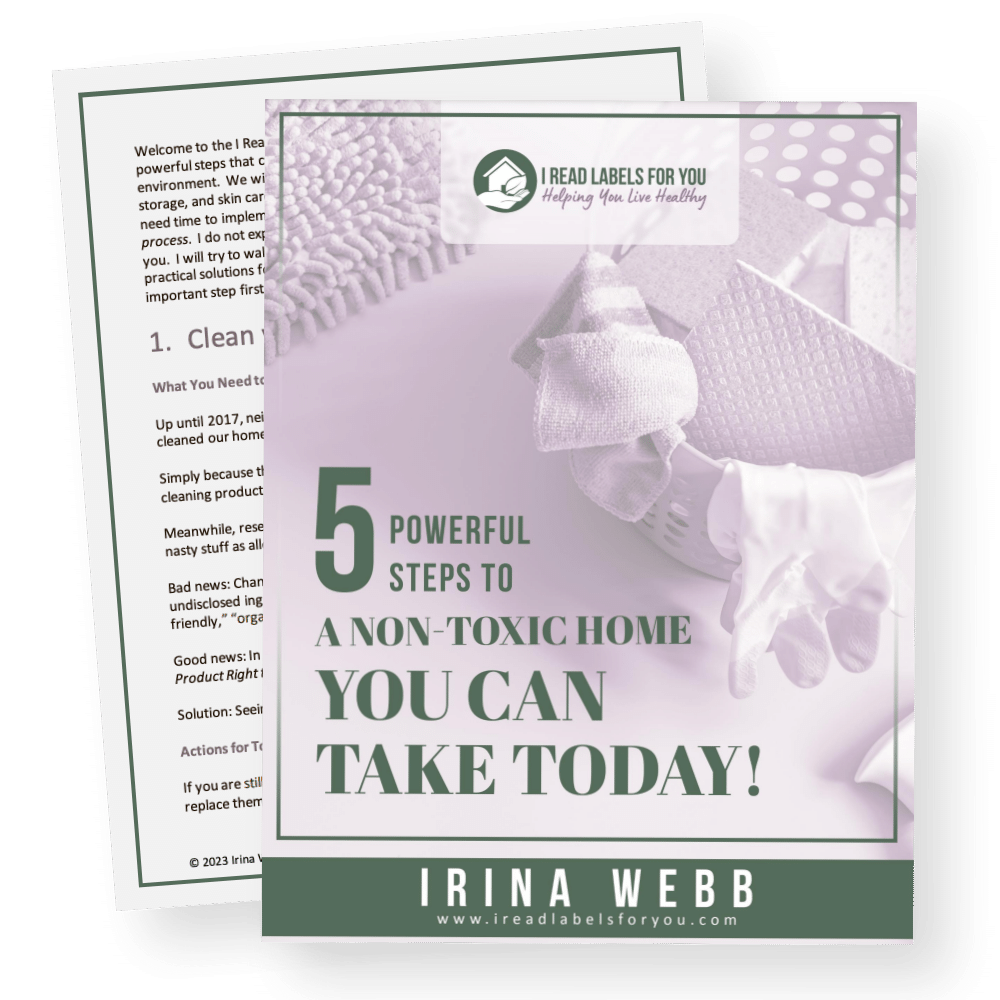
Download The Free Guide!
5 Powerful Steps To A Non-Toxic Home
Join our informed consumer community and get our free guide the “5 Powerful Steps To A Non-Toxic Home”.

 Written by
Written by 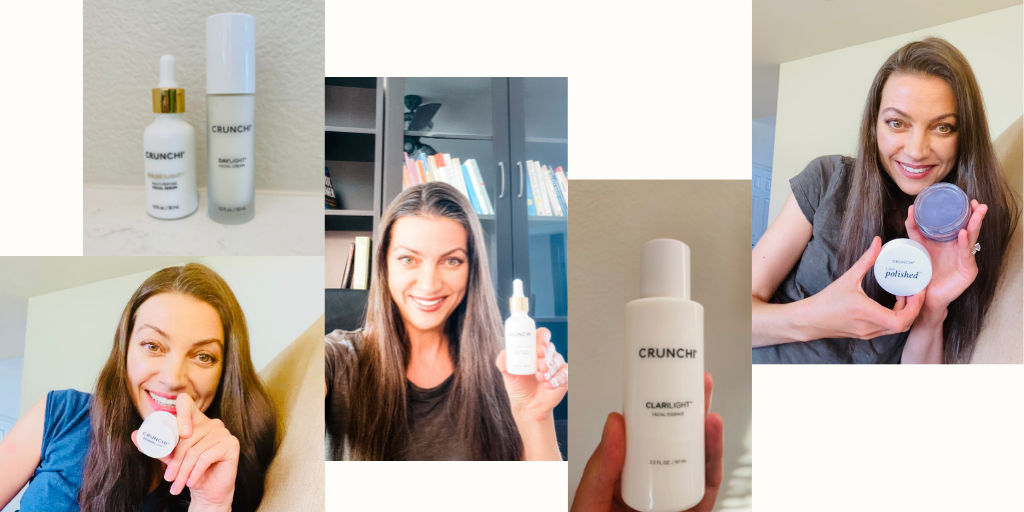
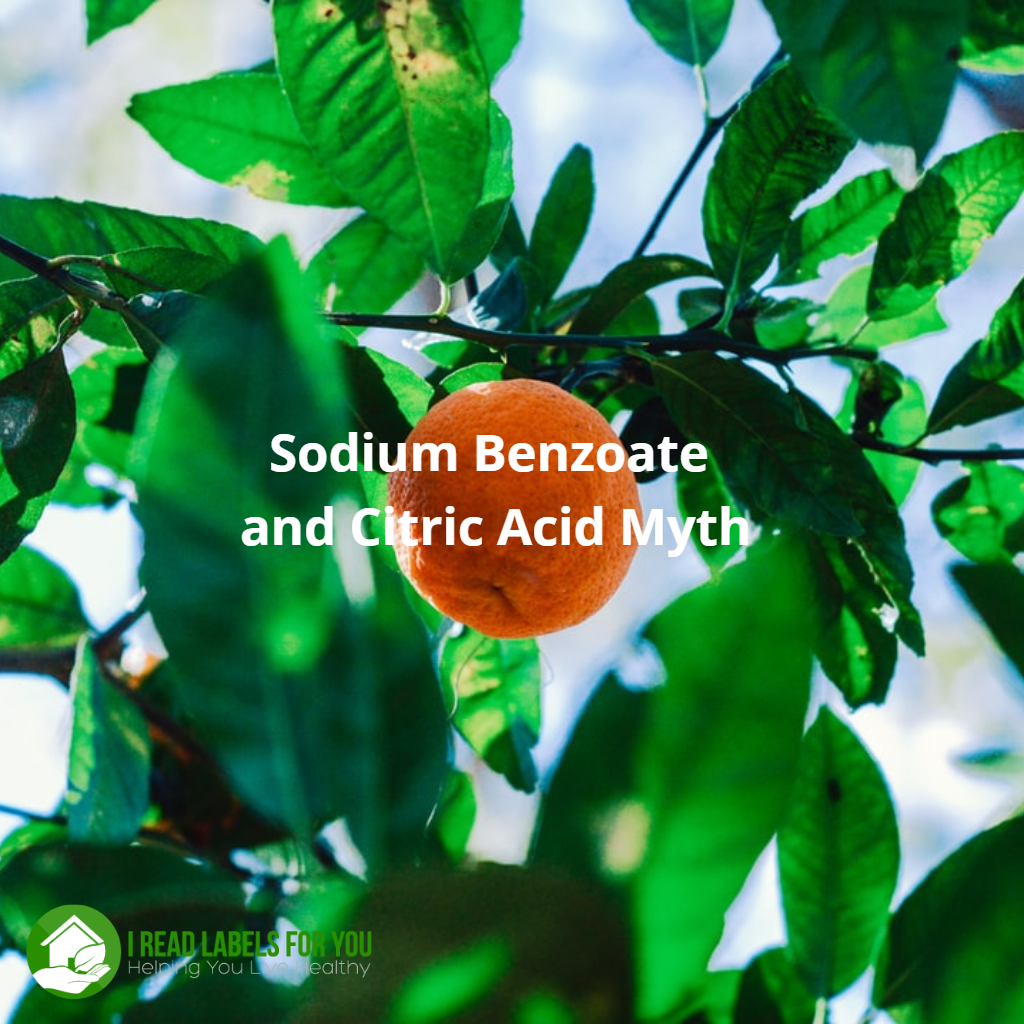
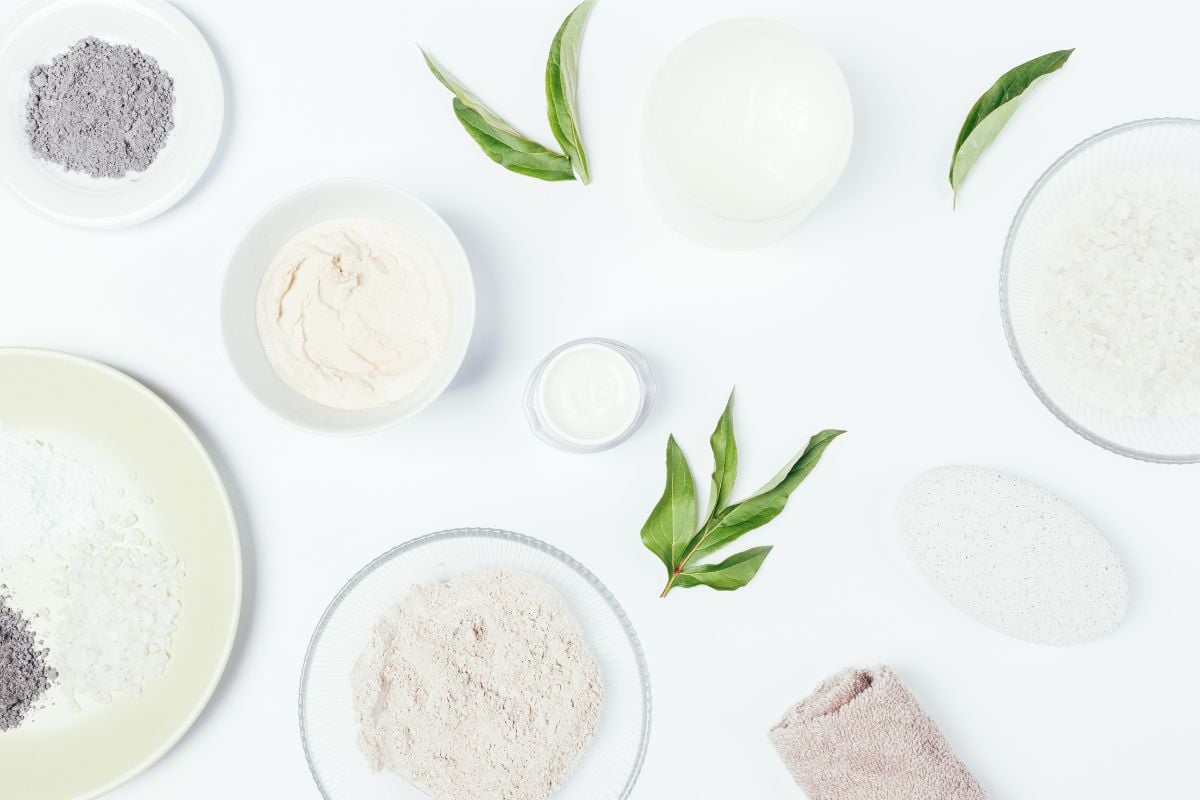



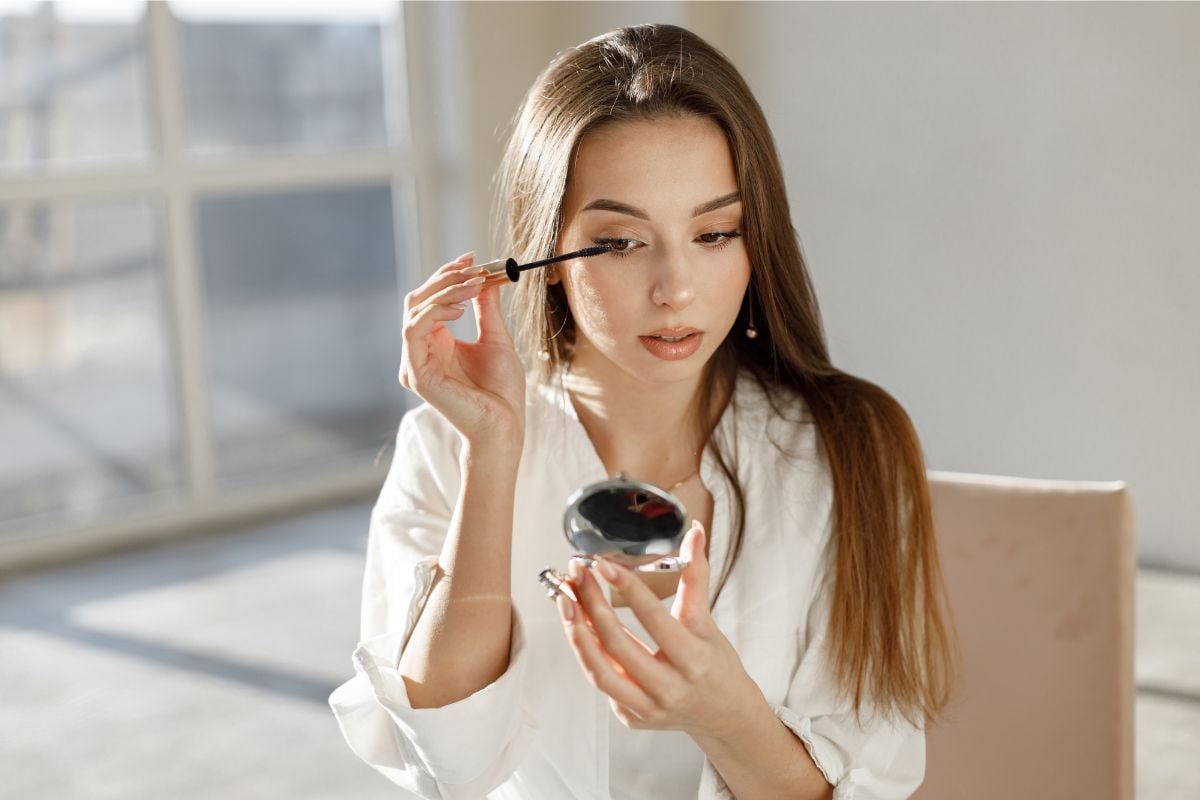
Cyclopentasiloxane is the first ingredient in Trader Joe’s Antioxidant Facial Serum. I have been using it recently as part of my daily regimen and am really glad I found your article!
Thank you for your feedback, Katrina! We are glad we could help!
Hi Irina, happy new year! Do you know if silicone creams and patches for scar healing also have endocrine disruptors? I’ve been using 2 products (ScarAway and BioCorneum) for scar treatment post-surgery, with silicone being “the #1 scar treatment recommended by doctors”…. now I’m curious if there may be some unwanted side effects I wasn’t aware of. 🙁
Hi, Joy! Thank you for the question! We would have to see ingredients. Please, use this link to take advantage of a private consultation with Irina:https://ireadlabelsforyou.com/pick-brain-product/